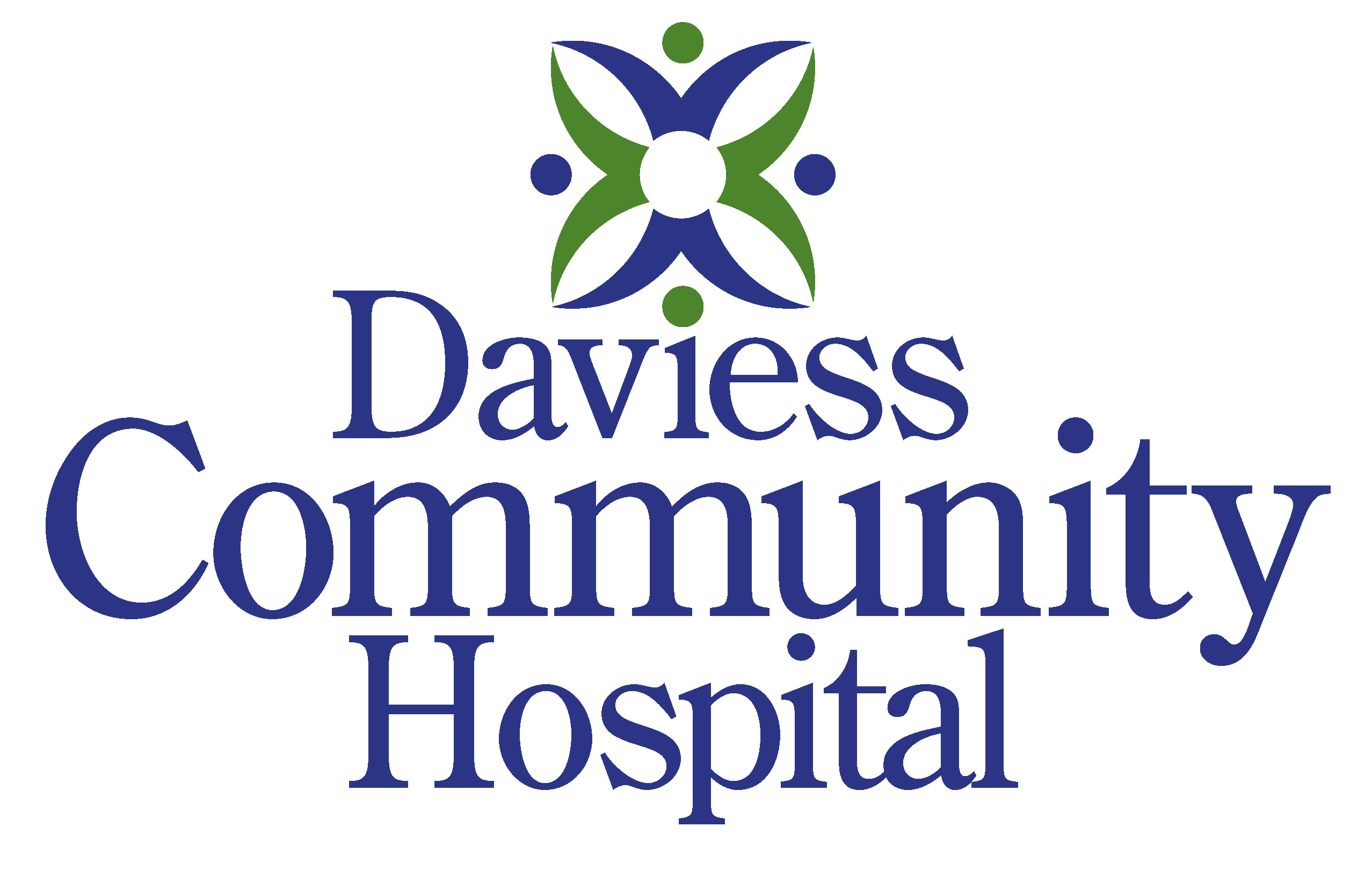
Voice Therapy
Care for hoarseness, vocal fatigue, and post-surgical voice
At Daviess Community Hospital’s CORE Center, our speech-language pathologists (SLPs) provide voice therapy for children, teens, and adults with hoarseness, vocal fatigue, strain, loss of voice, or voice changes after illness, injury, or surgery. We combine evidence-based techniques with practical coaching so your voice works for the life you live—at home, school, work, and in the community. Our team also offers LSVT LOUD® for appropriate patients with Parkinson’s disease and neurologic voice changes.
Who can benefit from voice therapy
- Hoarseness, breathy or rough voice, or frequent voice loss
- Vocal fatigue or pain with talking or singing
- Voice changes after illness, intubation, or head/neck surgery
- Chronic throat clearing or cough related to voice overuse
- Neurologic conditions impacting voice (e.g., Parkinson’s disease)
- Professional voice users (teachers, coaches, clergy, performers)
If your voice is keeping you from being heard—or you feel strain or fatigue when speaking—an evaluation can help you understand your options.
Common causes we address
- Vocal overuse or inefficient voice habits
- Muscle tension dysphonia (excess neck/laryngeal tension)
- Laryngitis or post-viral voice changes
- Post-surgical voice changes (as directed by your surgeon)
- Neurologic conditions (including Parkinson’s disease) with reduced loudness/clarity
When appropriate, we coordinate with your ENT, neurologist, or surgeon for diagnosis and medical management.
What to expect
Evaluation
Your SLP completes a functional voice assessment—listening to quality, pitch, loudness, and endurance—along with case history (daily demands, work needs, singing/teaching), and screens for habits that may strain the voice (hydration, reflux behaviors, phonotrauma).
Personalized plan
Your plan is tailored to your goals and daily routines. Therapy may include:
- Vocal hygiene & reflux-aware strategies (hydration, throat-clearing alternatives)
- Breath support & airflow coordination (efficient breathing for speech/voice)
- Resonant/forward-focused voice to reduce laryngeal strain
- Pitch, loudness, and intonation training for clear, flexible voice
- Carryover practice for meetings, classrooms, phone/video calls, and community settings
- LSVT LOUD® for appropriate patients with Parkinson’s disease
Measurable progress
We track outcomes, adjust strategies as your voice improves, and focus on carryover so your voice feels easier and lasts longer through your day.
When to seek a voice evaluation
- Hoarseness or voice changes lasting more than two weeks
- Pain, tightness, or fatigue with speaking or singing
- Needing extra effort or air to be heard
- Voice fades by the end of the day or during work
- Reduced loudness/hypophonia with Parkinson’s disease
If you have persistent hoarseness or pain, an ENT evaluation may be recommended. We’ll help coordinate when needed.
Why choose CORE Center
- Specialized voice therapy for children, teens, and adults
- Evidence-based approaches and LSVT LOUD® for eligible patients
- Whole-day solutions that fit classrooms, clinics, offices, pulpits, and stages
- Convenient outpatient care in Washington and Odon, Indiana
- Team-based coordination with ENT, neurology, and surgery as appropriate
Locations and scheduling
- CORE Center – 421 E. Van Trees Street, Washington, IN
- CORE Center at North Daviess – 800 S. West Street, Odon, IN
Call (812) 254-8889 to schedule a voice evaluation or ask about referral requirements. Many insurers require a physician referral—our team can help you determine next steps.
FAQs
Will therapy “fix” my voice?
Voice outcomes vary by cause and consistency with therapy. Our goal is a
healthier, more efficient voice that meets your daily demands with less strain.
Do I need to see an ENT first?
Not always. If hoarseness or pain persists, or if your SLP suspects a structural
issue, we may recommend an ENT exam to guide care.
How long does therapy take?
It depends on your diagnosis, goals, and voice demands. Your SLP will discuss
a plan and timeline after evaluation.
